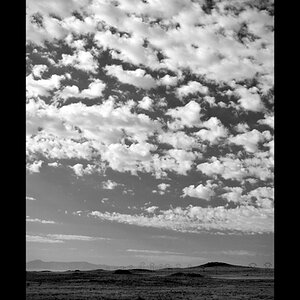icogs
TPF Noob!
- Joined
- Jan 12, 2013
- Messages
- 2
- Reaction score
- 0
- Can others edit my Photos
- Photos NOT OK to edit
I hope someone here can help me. I am interested in the origins of the classic sepia tone prints.
I have had an interest on photography off-and-on for > 30 years and in that time I always attributed the brown tones of late Victorian photography to the use of sulphide toners - presumably to improve permanence at a time when available materials were of variable quality. The term 'sepia' I understood to refer to the colour being similar to that of sepia ink derived from cuttlefish as was used by Leonardo da Vinci and the like.
However, an episode of the British TV show QI claimed that the cuttlefish ink was actually used in toning photographs. A Google search does bring up a number of sites which agree with this, e.g. Wikipedia, though I can find no authoritative references. An article at eHow.com seems to me to be a little confused by claiming that the sepia ink is responsible for converting the silver into a sulphide:
I would appreciate opinions on this, and especially any links to authoritative sources or ways to contact someone who would know.
I have had an interest on photography off-and-on for > 30 years and in that time I always attributed the brown tones of late Victorian photography to the use of sulphide toners - presumably to improve permanence at a time when available materials were of variable quality. The term 'sepia' I understood to refer to the colour being similar to that of sepia ink derived from cuttlefish as was used by Leonardo da Vinci and the like.
However, an episode of the British TV show QI claimed that the cuttlefish ink was actually used in toning photographs. A Google search does bring up a number of sites which agree with this, e.g. Wikipedia, though I can find no authoritative references. An article at eHow.com seems to me to be a little confused by claiming that the sepia ink is responsible for converting the silver into a sulphide:
Sepia pigment was originally made from sepia cuttlefish, and used to treat photographs. Sepia-treated prints are more durable and designed to last longer. During the developing of the print, sepia pigment would be added and it would turn any remaining silver in the print into a sulfide.
I would appreciate opinions on this, and especially any links to authoritative sources or ways to contact someone who would know.








![[No title]](/data/xfmg/thumbnail/34/34591-00eecceb873550182f83f33a45a9460c.jpg?1619736565)




